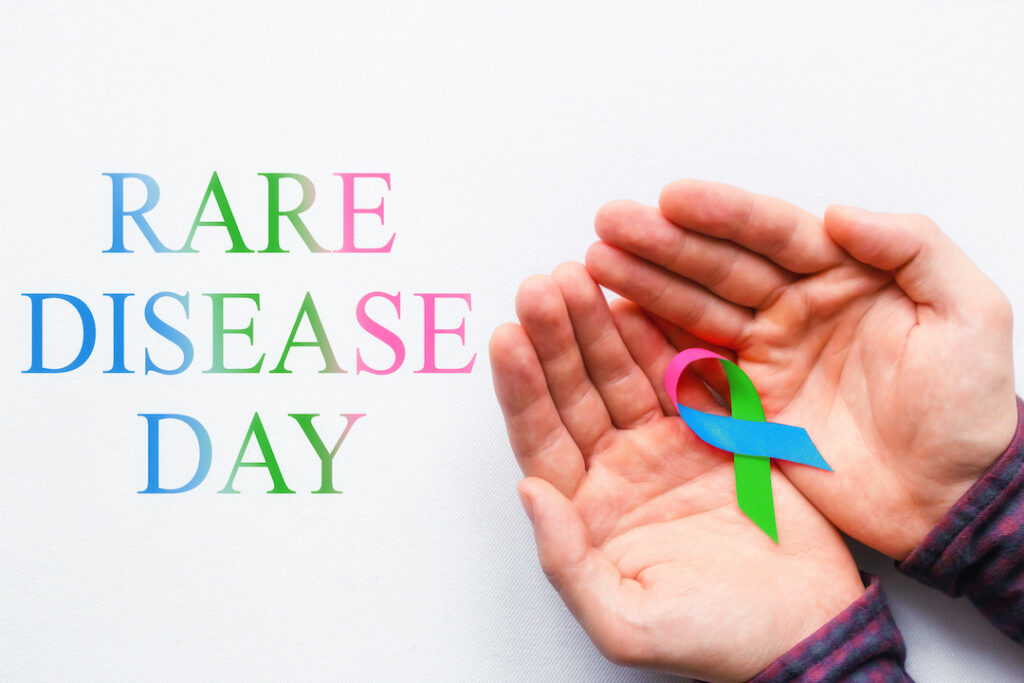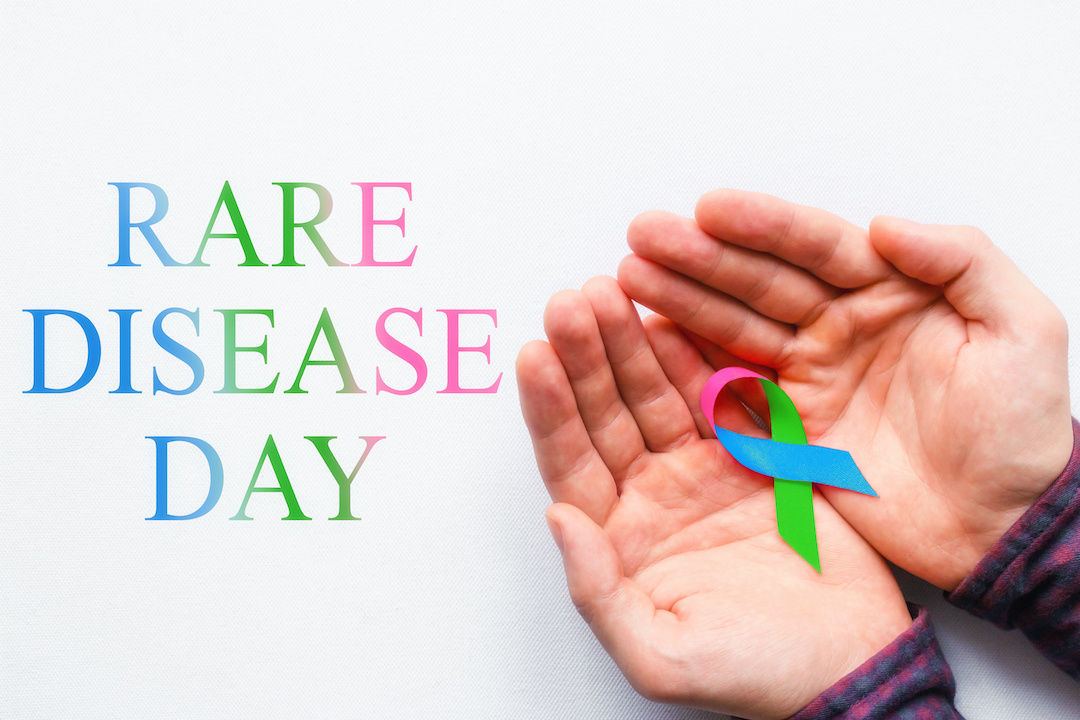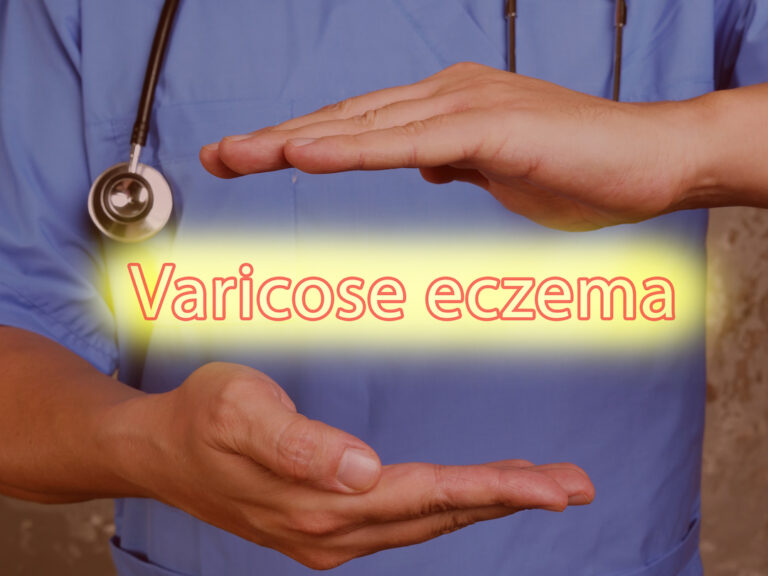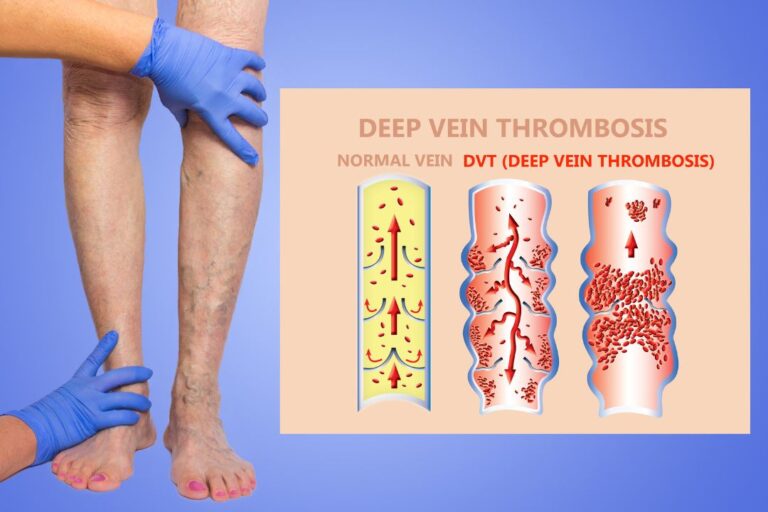Rare Vein Disorder Awareness: Understanding and Advocacy on Rare Disease Day
 Introduction: Recognizing the Unrecognized
Introduction: Recognizing the Unrecognized
February 28th marks Rare Disease Day, a crucial time to shine a light on health challenges often left in the shadows, including rare vein disorders. This day is not just about recognition; it’s about understanding, empathizing, and taking action. Let’s unravel the complexities of these conditions and explore how we can contribute to a world of better understanding and care.
Rare Disease Day: A Global Movement
Understanding Rare Disease Day
Initiated in 2008, Rare Disease Day serves as a global advocacy day to raise widespread awareness for rare diseases and their impact on patients. It’s a day to unite stakeholders and decision-makers, to bring attention to the over 300 million people worldwide living with a rare disease.
The Significance of February 28th
Chosen for its rarity as a date, February 28th (or 29th in leap years) symbolizes the nature of rare diseases. It’s a day that echoes the uncommon challenges faced by patients and the need for more common understanding and support.
Rare Diseases by the Numbers
Globally, there are over 6,000 identified rare diseases, affecting approximately 1 in 20 people at some point in their lives. These numbers aren’t just statistics; they represent real people facing daily challenges.
The Intersection of Rare Diseases and Vein Health
Rare Vein Disorders: An Overview
Rare vein disorders, though less talked about, are an important segment of rare diseases. They include conditions like Klippel-Trenaunay Syndrome, May-Thurner Syndrome, and Hereditary Hemorrhagic Telangiectasia, each presenting unique challenges in vascular health.
Challenges in Diagnosing Rare Vein Disorders
Diagnosing rare vein disorders is often a journey filled with misdiagnoses and frustration. Due to their rarity, these conditions require specialized knowledge that is not always readily available in standard medical practice.
Understanding Specific Rare Vein Disorders
For example, Klippel-Trenaunay Syndrome is characterized by a triad of port-wine stains, vein malformations, and soft tissue and bone hypertrophy. Patients with this disorder often face a lifetime of managing symptoms and preventing complications.
The Critical Role of Awareness and Research
Why Awareness Matters
Raising awareness for rare vein disorders is pivotal. It leads to early diagnosis, better treatment options, and improved quality of life. Awareness also drives research funding, which is often scarce for rare conditions.
Advancements in Research and Treatment
The landscape of treatment for rare vein disorders is evolving, thanks to ongoing research. Innovations in medical technology and treatment methodologies offer hope for better management of these conditions.
The Impact of Advocacy
Patient advocacy groups have been instrumental in bringing attention to rare vein disorders. Their work has led to greater recognition, research funding, and development of support networks for patients and families.
Empowering Actions: Advocacy and Support
How to Get Involved
Participation can take many forms – from sharing information on social media, to joining patient advocacy groups, to lobbying for healthcare policy changes that benefit those with rare diseases.
Building a Supportive Community
Support groups, both online and in-person, provide invaluable spaces for patients and families to share experiences, offer advice, and find comfort in a community that understands their unique challenges.
Promoting Rare Disease Day Events
Engaging in Rare Disease Day events, whether virtual or local, is a powerful way to participate. These events are platforms for storytelling, education, and fostering a sense of global solidarity.
Conclusion: A Unified Call for Action
Rare Disease Day is more than a date; it’s a movement. As we bring attention to rare vein disorders, we open doors to understanding, empathy, and better care. Every voice raised, every story shared, brings us closer to a world where no patient’s struggle goes unnoticed.
FAQs
What is Rare Disease Day and why is it important?
Rare Disease Day, observed on February 28th, is an international event to raise awareness for rare diseases, including vein disorders. It’s vital for increasing understanding, supporting affected individuals, and advocating for research and treatment.
Can rare vein disorders be treated effectively?
Yes, with early diagnosis and the right treatment approach, many rare vein disorders can be managed effectively. However, the rarity of these conditions often requires specialized care.
How can I support someone with a rare vein disorder?
Offering emotional support, advocating for research, sharing information, and helping them connect with support groups are great ways to support someone with a rare vein disorder.
What are the challenges faced by patients with rare vein disorders?
Patients often face misdiagnosis, lack of specialized care, limited treatment options, and a general lack of awareness about their condition.
How can I participate in Rare Disease Day?
You can participate by attending events, sharing stories on social media, supporting advocacy groups, and contributing to discussions on policy changes for rare disease care and research.







